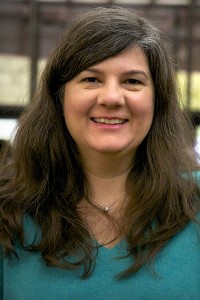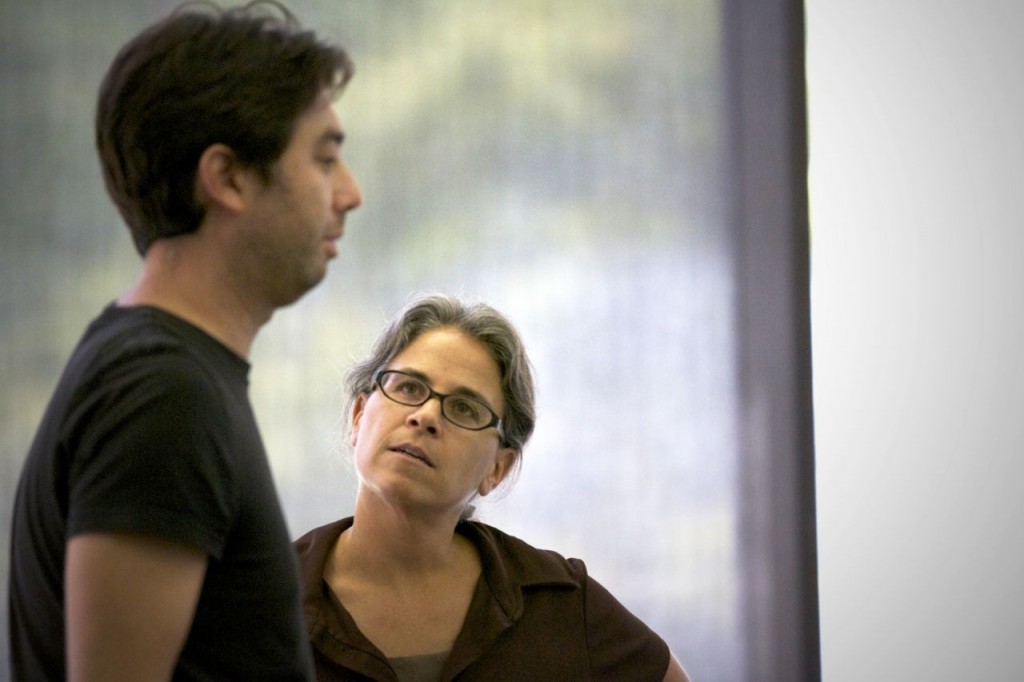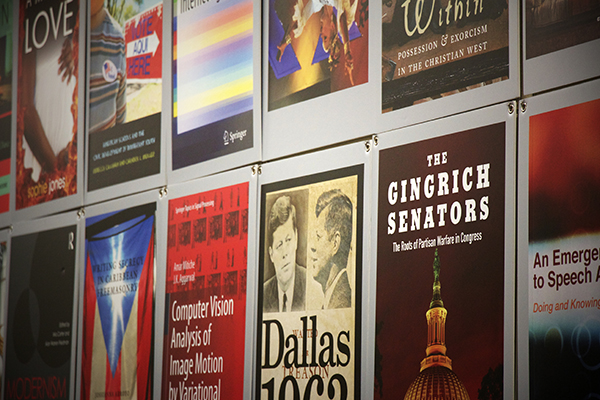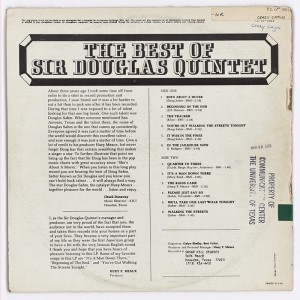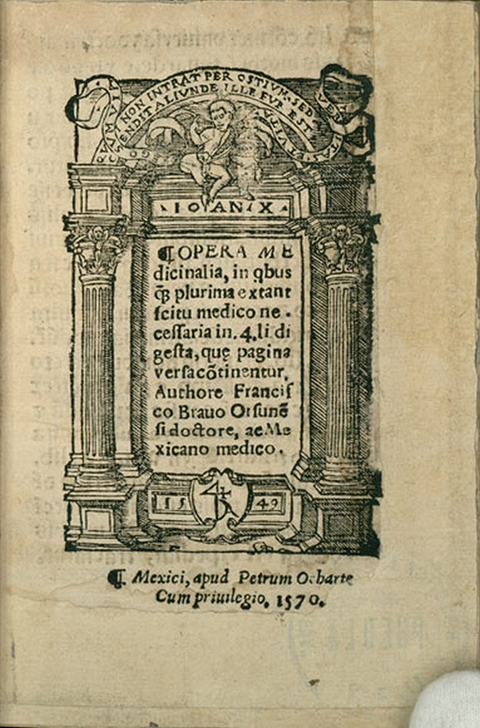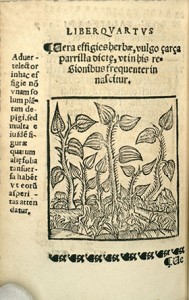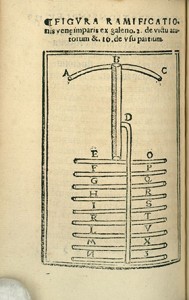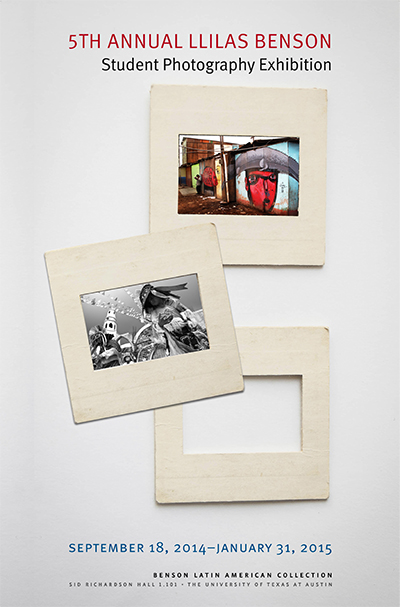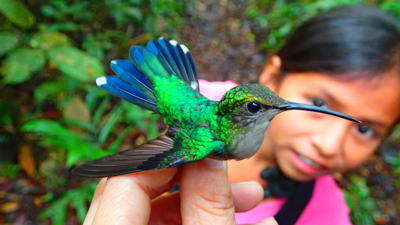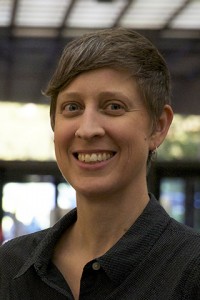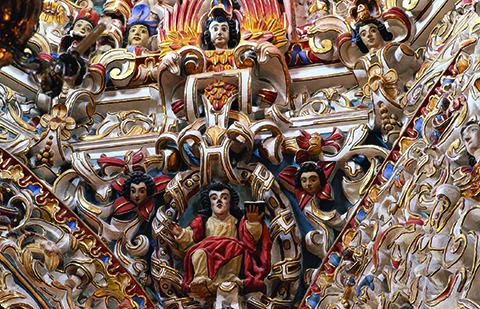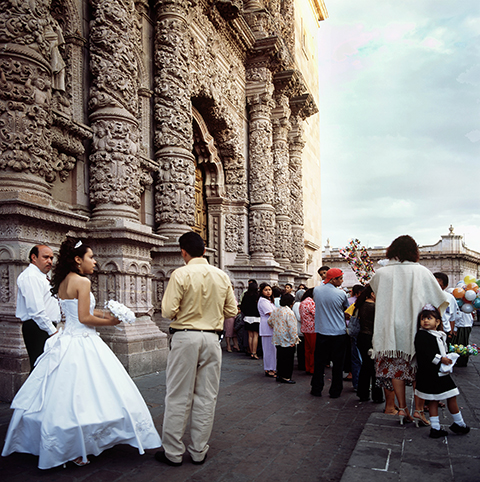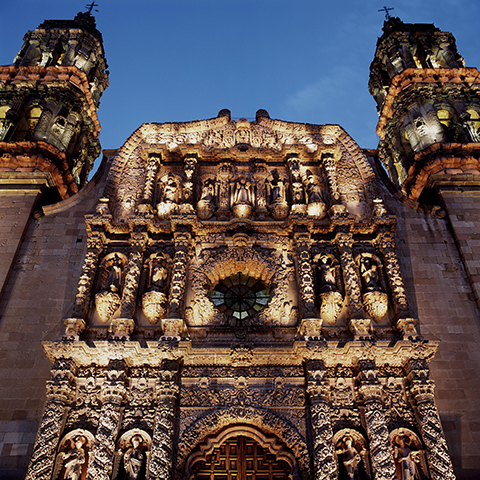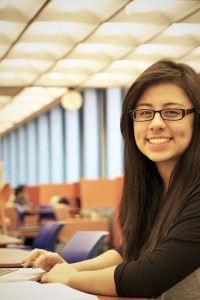
Hello,
My name is Rosa Muñoz and I am a sophomore majoring in Psychology at the University of Texas at Austin. I am fortunate enough to be able to have an internship at one of the most well-known libraries on campus, the Perry-Castañeda Library.
I am the first person in my family to attend a university, so moving to Austin from Dallas was a big step for me. The idea of attending college was never supposed to be a part of my plan. I was brought up in a traditional Hispanic household where women were not expected to leave home, especially without being married first. I decided to come to UT because I had encouraging high school teachers who persistently pushed me to apply for colleges. During my junior year of high school, my English teacher encouraged our class to start researching colleges. The idea of something new sounded like a good opportunity, so I started my research. I decided that UT was where I wanted to spend the next four years of my life without ever stepping foot on campus.
During my time at UT I have created some great friendships and have learned so much more in my first year and a half than I had ever expected. My plans are to graduate from UT and attend graduate school to pursue my goal of starting my own practice as a psychologist.
Ever since I started working at UT Libraries I have come to find the library to be one of the best places to study at on campus. I try to take full advantage of the resources available. The library staff is always very kind and understanding and they help me with any questions or concerns that I have. My friends and I like the ability to study individually or as a group or even practice our presentations in the library. The efficient technology that has been added in the Libraries gives students more capability in utilizing those resources to their best advantage. In addition, to top it off the library is now opened 24 hours during the most critical study times leading up to finals.
The Libraries have so much to offer, not only for me but for students in all majors. Please consider making an end of year contribution to the UT Libraries. My fellow Longhorns and I are fortunate to have access to all the resources we need for academic success, but I know my tuition only goes so far.
The library is a very popular place! I enjoy telling my friends and classmates that I am interning in one of the most visited buildings on campus. I have definitely enjoyed the time I have spent working in the libraries, and I am certain that this experience will have an impression on me for years to come. All the connections I have established will last well beyond my college days.
Be generous and give today. Thank you for making a gift that will support all students.
Happy Holidays,
Class of 2017
Please consider making an end-of-year gift to the University of Texas Libraries in support of students like Rosa Muñoz.


